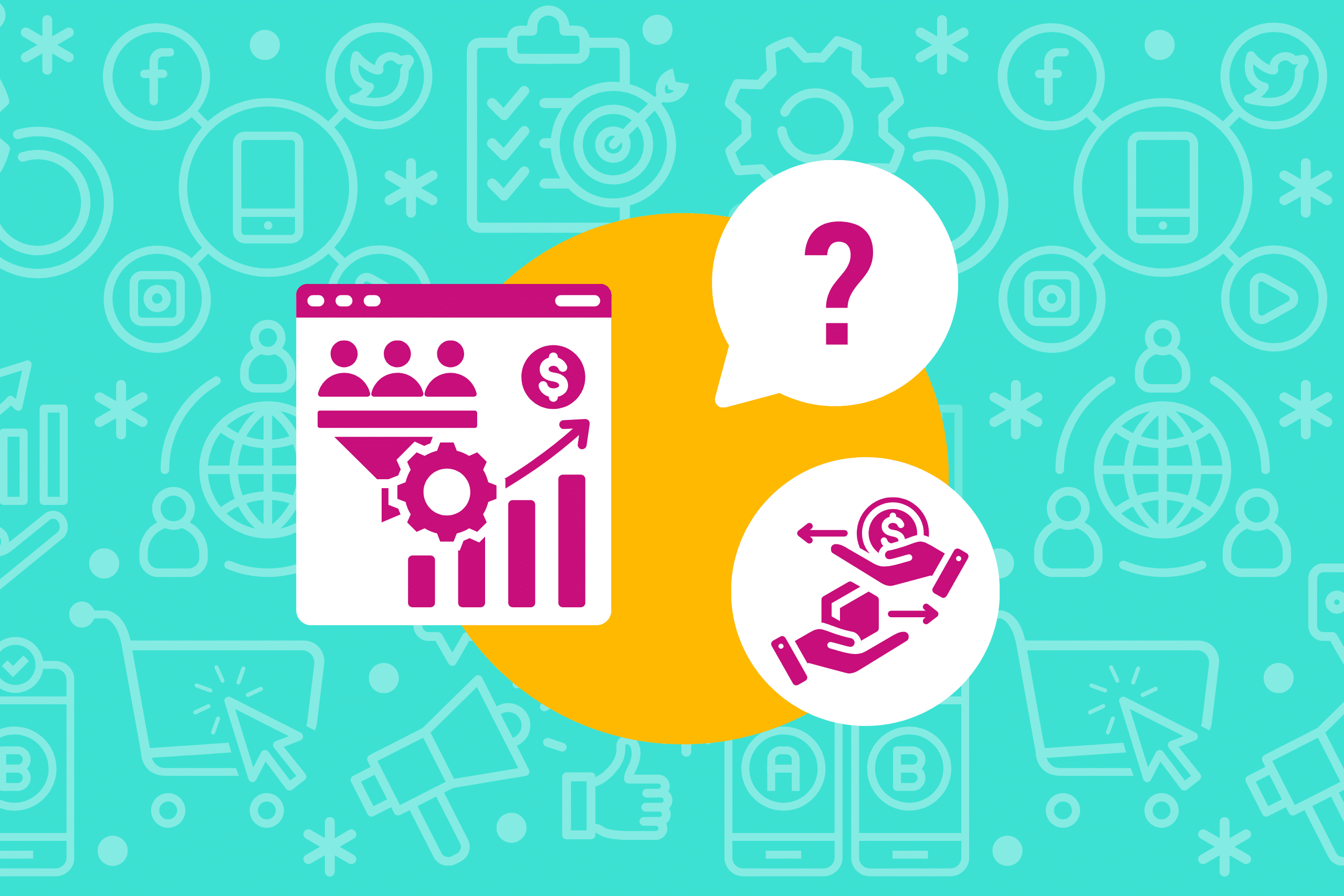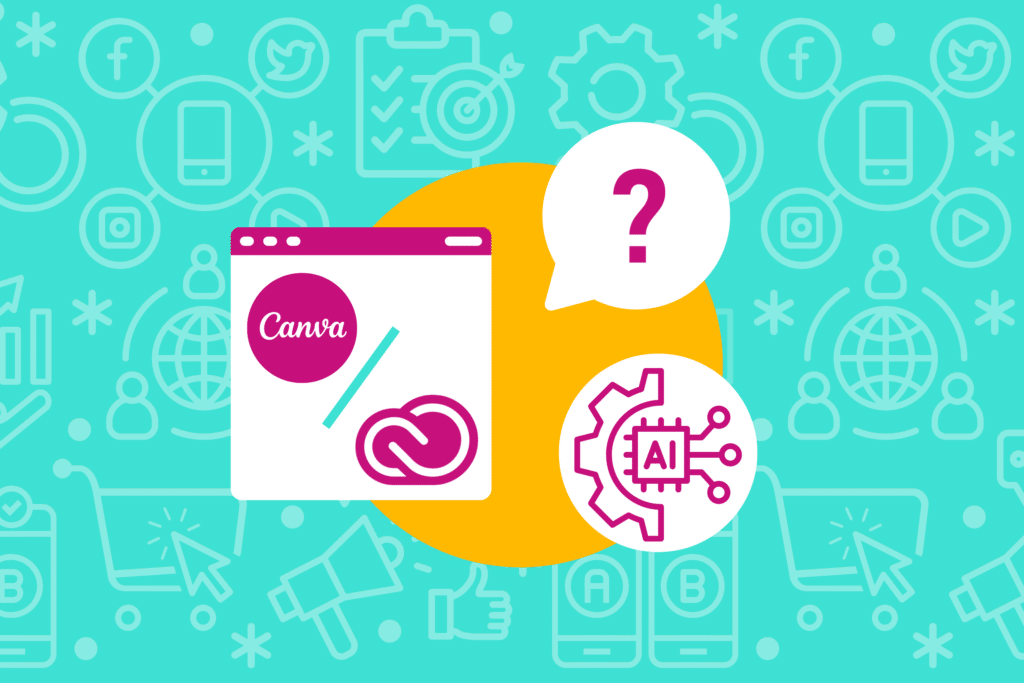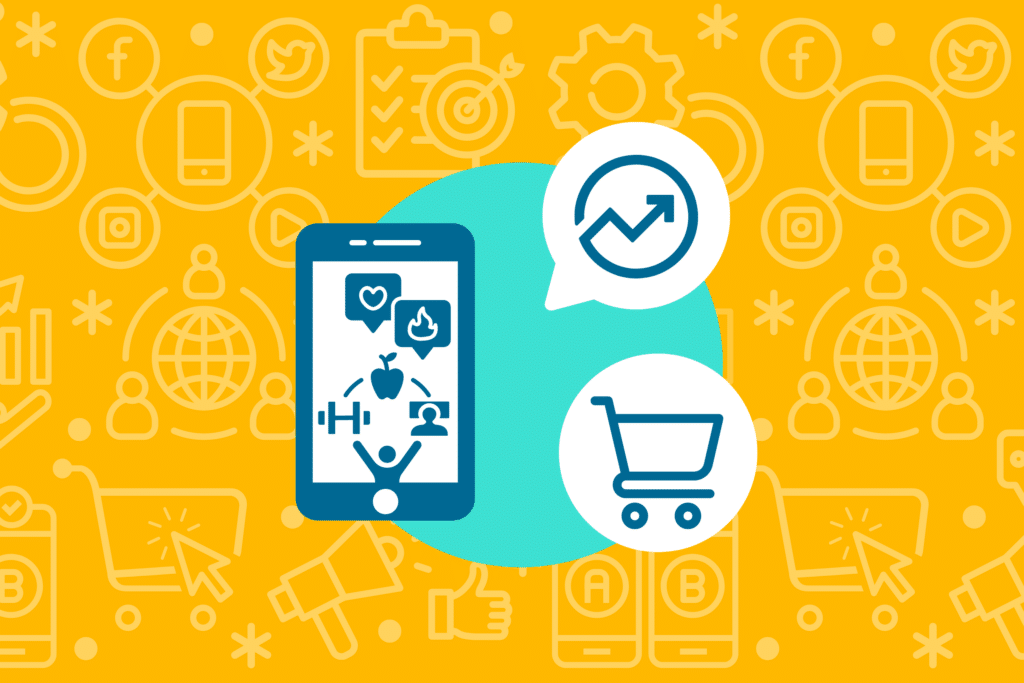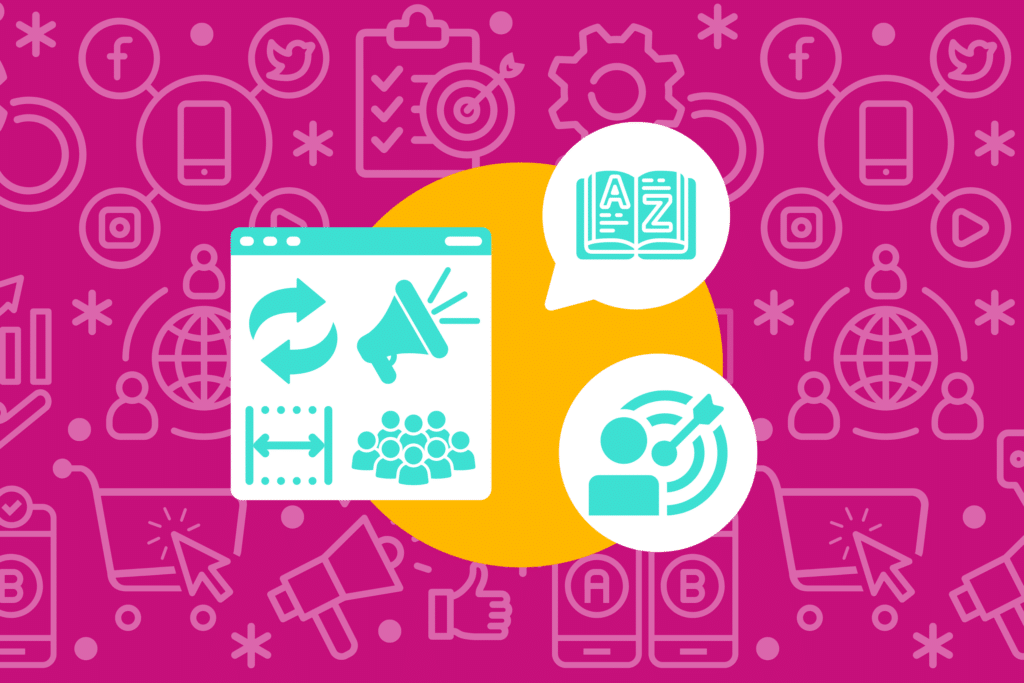What the Lead Generation Funnel Looks Like for Online Product Brands
In general, attracting new visitors for an eCommerce business looks different than traditional lead gen for other industries. eCommerce brands focus on driving traffic to their online store, converting visitors into customers, and nurturing relationships to encourage repeat business and brand loyalty, while other industries often focus their lead gen efforts around capturing new inquiries through forms or consultations, nurturing them over time, and converting them into paying clients through relationship-building and trust-building efforts.
However, one lead gen best practice—regardless of industry—is use of the lead generation funnel, a powerful tool to help point businesses in the right direction of when, where, how, and to whom to market and sell.
What Is the Lead Generation Funnel? Let’s Define It.
Before we can focus on the lead generation funnel in the context of how to increase eCommerce sales, we first need to align on what exactly it is and does. In our world of marketing, the lead gen funnel serves as a strategic roadmap for businesses to attract, nurture, and convert potential customers.
At its core, the funnel is a framework that illustrates the journey a prospect takes from becoming aware of a brand to turning into a qualified lead and ultimately making a purchase. While many variations of it have been created (with differences for prospecting and remarketing), the typical lead gen funnel consists of several distinct stages where each has its own set of objectives and tactics.
For the purpose of this blog post, we’ll focus on this simple version of the framework for prospecting:
- Awareness (drive traffic)
- Engagement (generate inquiries/leads)
- Evaluation (qualify leads)
- Purchase (convert leads to customers)
A lot of people ask, “Why is it called a ‘funnel’?” Because it literally looks like one! Here’s a fun graphic that illustrates this and some tactics that typically happen within each stage:
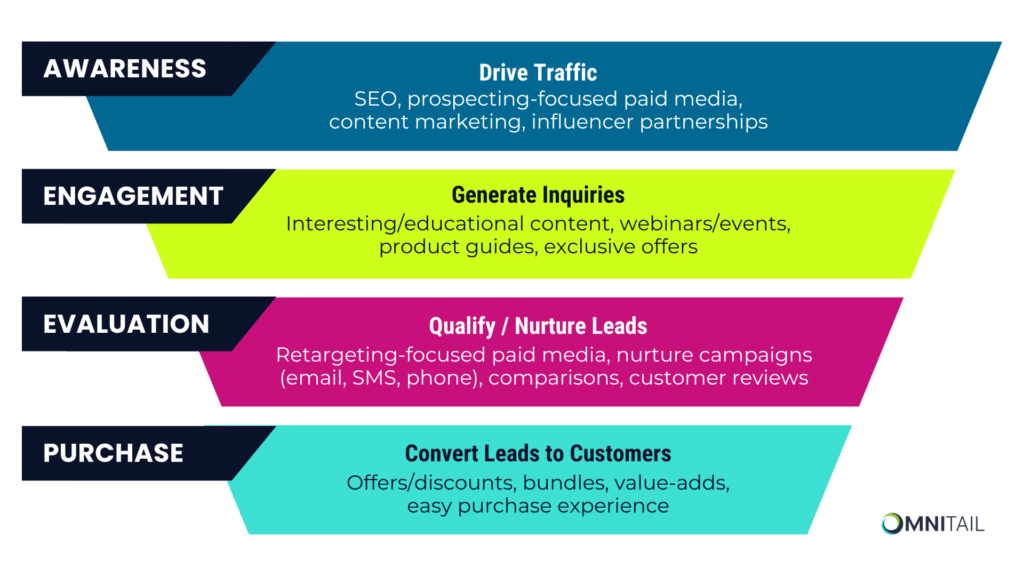
To sum up, the lead generation funnel is a playbook that helps brands unlock the full potential of their sales and promotional efforts in today’s dynamic marketing landscape.
Prepping the Lead Gen Funnel for Success
Successfully developing a version of the lead gen funnel for your brand requires a keen understanding of your target audience(s)—encompassing everything from how they prefer to communicate and learn about new products, to where they prefer to spend their time. By conducting customer research, analyzing key touchpoints, and leveraging data-driven insights, your business can identify the ideal customer profile and/or buyer personas. These allow you to fine-tune the funnel for maximum sales and marketing efficiency.
Identifying Your Ideal Customer Profile
Before crafting the lead gen funnel itself, your business should create an ideal customer profile (ICP) that represents the characteristics and behaviors of the most valuable customer for your brand. This is a low-effort, high-impact activity. Once identified, an ICP can be used as a tool to place guardrails around lead qualification (i.e. tells you who to spend time on), and is the first step in developing buyer personas. Learn more about ICPs and their role in marketing here.
Using Buyer Personas
A more arduous activity (though extremely useful) is developing buyer personas. These semi-fictitious representations of your target audience are built from your identified ICP, customer demographics, buyer behaviors, and a ton of other data. Buyer personas are valuable tools businesses use to strategically develop new products (or optimize existing ones), and to help ensure sales and marketing messaging is on point.

Unlike an ICP, you can’t just have one buyer persona for your brand, unless your business just offers one product that’s meant for literally one type of person (…which is likely not your situation). This is why a small “deck” of personas will usually do the trick and account for most customers you need to strategize around. Here is a resource to help you get started with developing personas for your brand.
How to Use the Lead Generation Funnel to Increase eCommerce Sales
Once you have guardrails in place (so you know which leads you’re willing to spend time and/or money on), it’s time to flesh out a version of the lead gen funnel that will work best for your brand.
For continuity, we’ll continue to use the simple framework from earlier:
- Awareness. This is also referred to as “Top of Funnel,” and its focus is to introduce your brand to new shoppers and drive traffic to your online store. At this stage, you’ll want to implement strategies such as search engine optimization (SEO), content marketing, prospecting-focused paid media, and influencer partnerships to make this happen. When strategizing, producing, and publishing marketing content in this phase, be sure to break out your buyer persona deck to ensure messaging is not only on-brand, but will also resonate with your target audiences.
- Engagement. Once you’ve captured a shopper’s interest, keep them engaged with your brand by providing valuable information and building trust. Offer lead magnets such as educational or interesting content, product guides, and exclusive offers in exchange for contact information, which will allow you to continue the conversation and stay top-of-mind as they make their purchase decision.
- Evaluation. Your ICP comes into play in this stage. Tactics like retargeting-focused paid media, customer reviews, and nurture campaigns via email, SMS, or even over the phone are used to further qualify the lead (i.e. move them to the next stage in the funnel). If the lead doesn’t fit your ICP criteria, then don’t spend valuable ad dollars and time trying to move them forward in the funnel.
- Purchase. This is also known as “Bottom of Funnel,” and this is where the shopper becomes a paying customer. You may need to push the lead a bit more to convert by using offers, discounts, bundles, or value-adds—and make sure your purchase experience is easy and mobile friendly. Boom! Mission accomplished. Rinse, repeat.
By effectively using the lead gen funnel, your brand can drive new traffic to your eCommerce store, engage with qualified shoppers, and convert them into loyal customers—driving sustainable sales growth and success.
Finding Success with a Profit-Driven Digital Marketing Agency
We know you have partnership choices, but we hope you choose to work with us. Our unique, profit-driven approach to digital marketing will truly answer your question on “how to increase eCommerce sales,” and we’ll continue to do it year after year.
What are you waiting for? Reach out to our digital marketing agency today! We’d love to learn more about your business and how we can help you find continuous success.

